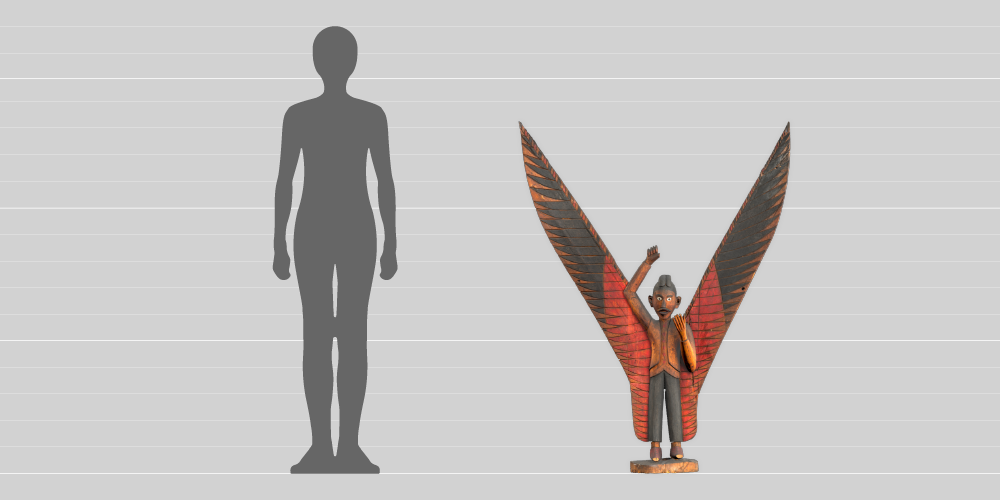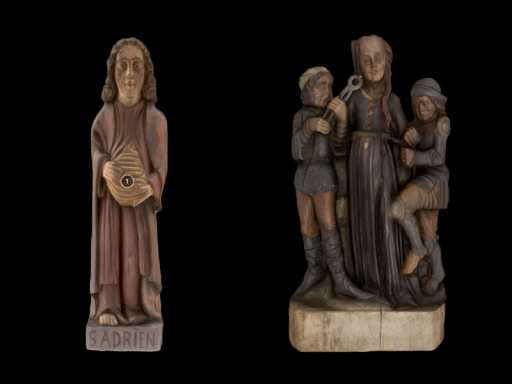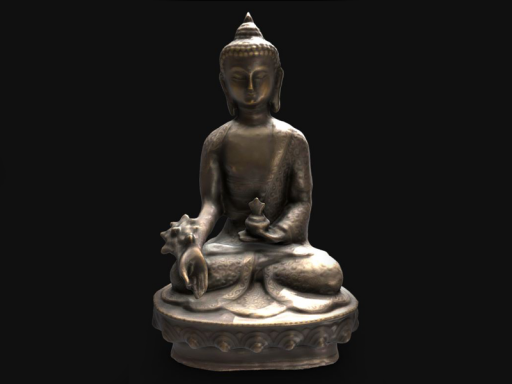
Curriculum links
About this object
This wooden statue was made around 1900 on the Andaman and Nicobar Islands, near India. It was known as a kareau or scare devil. Religious ritual healers made the statues, which the islanders believed had magical protective powers. If you lived on the Andaman and Nicobar Islands at the time, a kareau statue like this would be placed in the doorway of your house to drive away Iwi, the spirits of the dead, which were believed to cause illness. In the 1700s European invaders – first from Denmark, then from Britain – began to influence the islanders’ culture, which is why this statue is wearing Western clothes.
Evil spirits in disease today
Despite the advances in our scientific understanding of disease, the belief that evil spirits enter people and cause disease or disability is still commonplace. Millions of people across the world pray for healing. In the USA for example, 80% of people pray for healing. Many Americans visit Christian faith healers, who claim they can cure disease by driving out evil spirits.
Discussion questions
- Why do you think the islanders believed that the wooden figures would protect them from evil spirits?
- Is it important that traditional, indigenous ideas are preserved?



